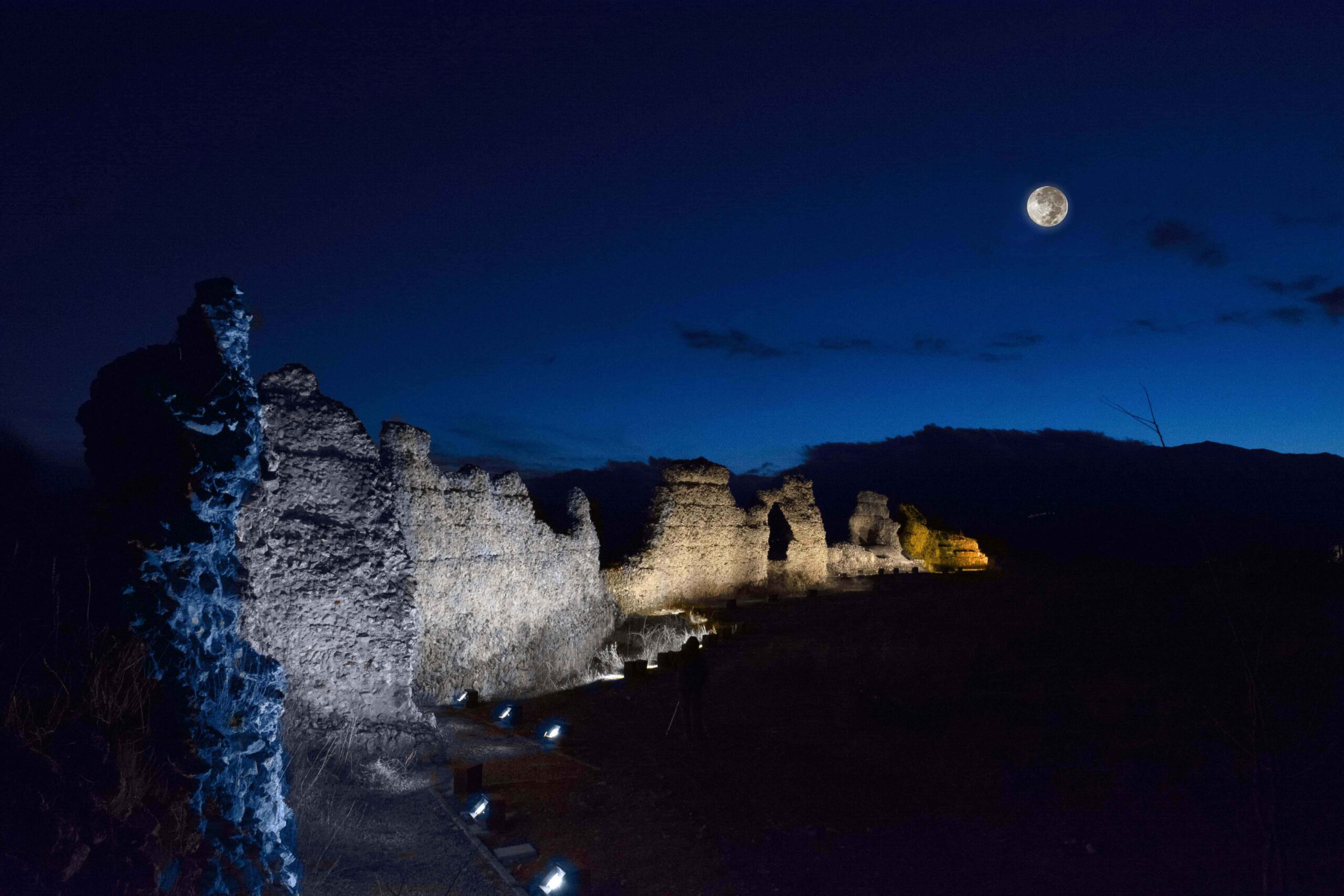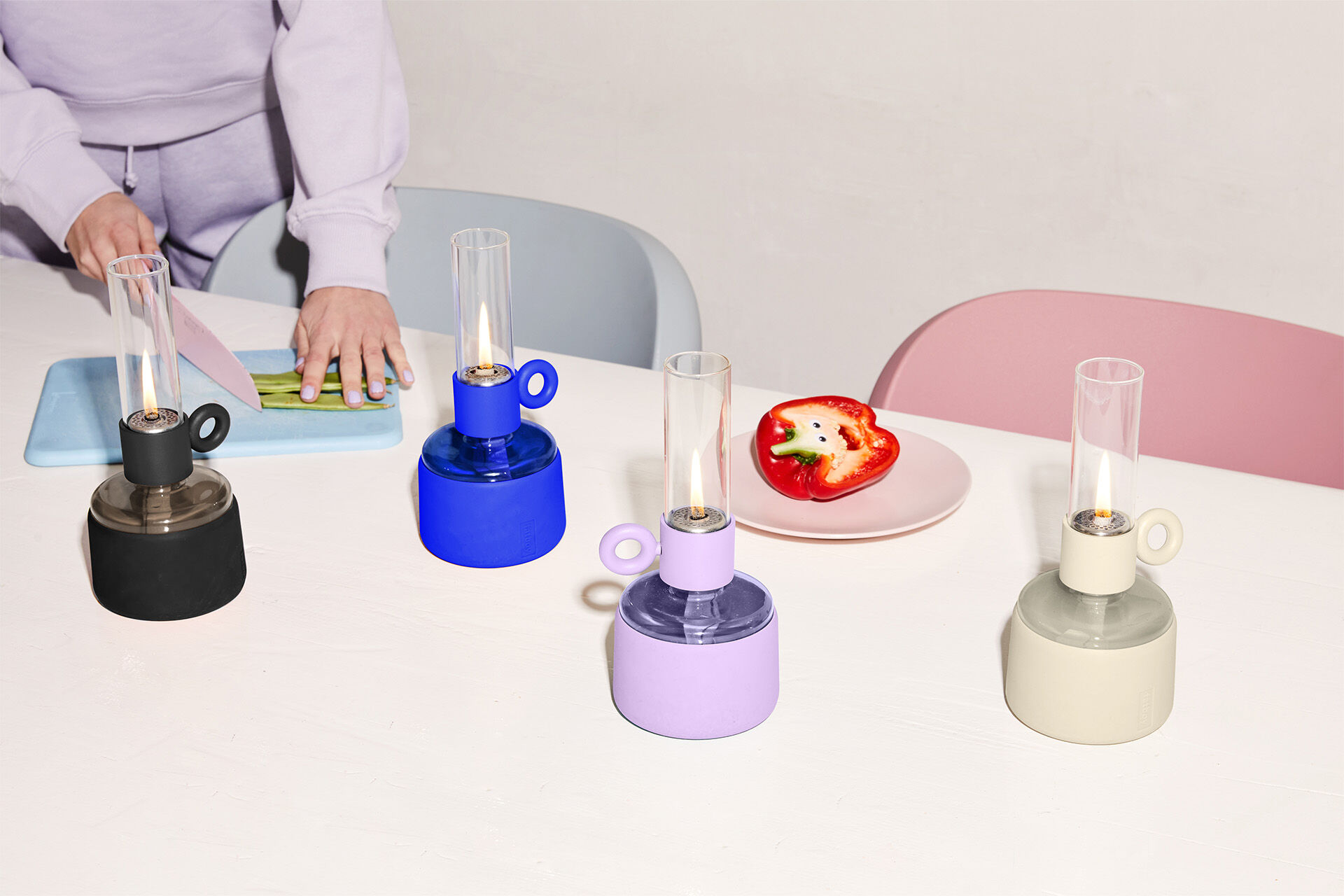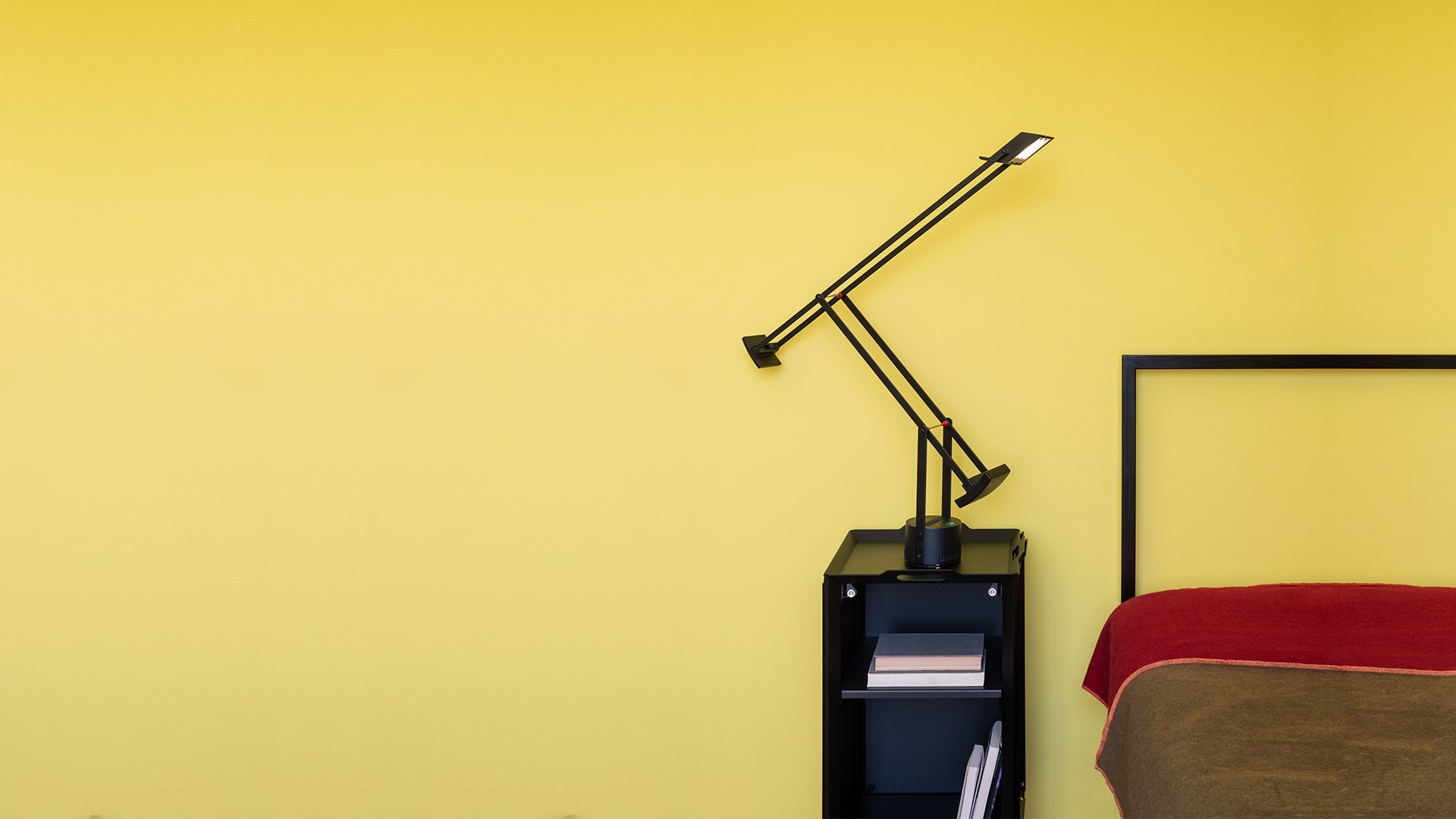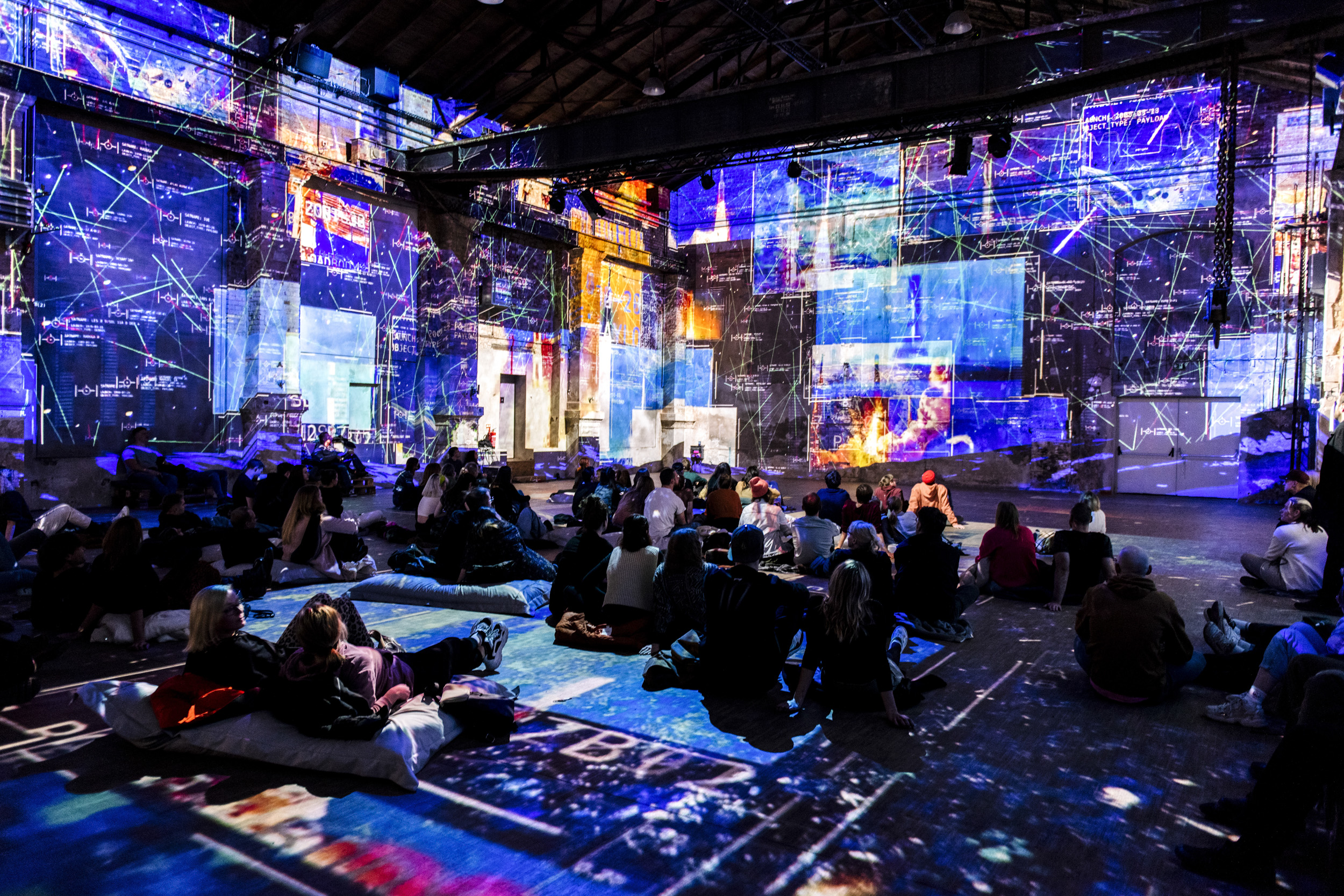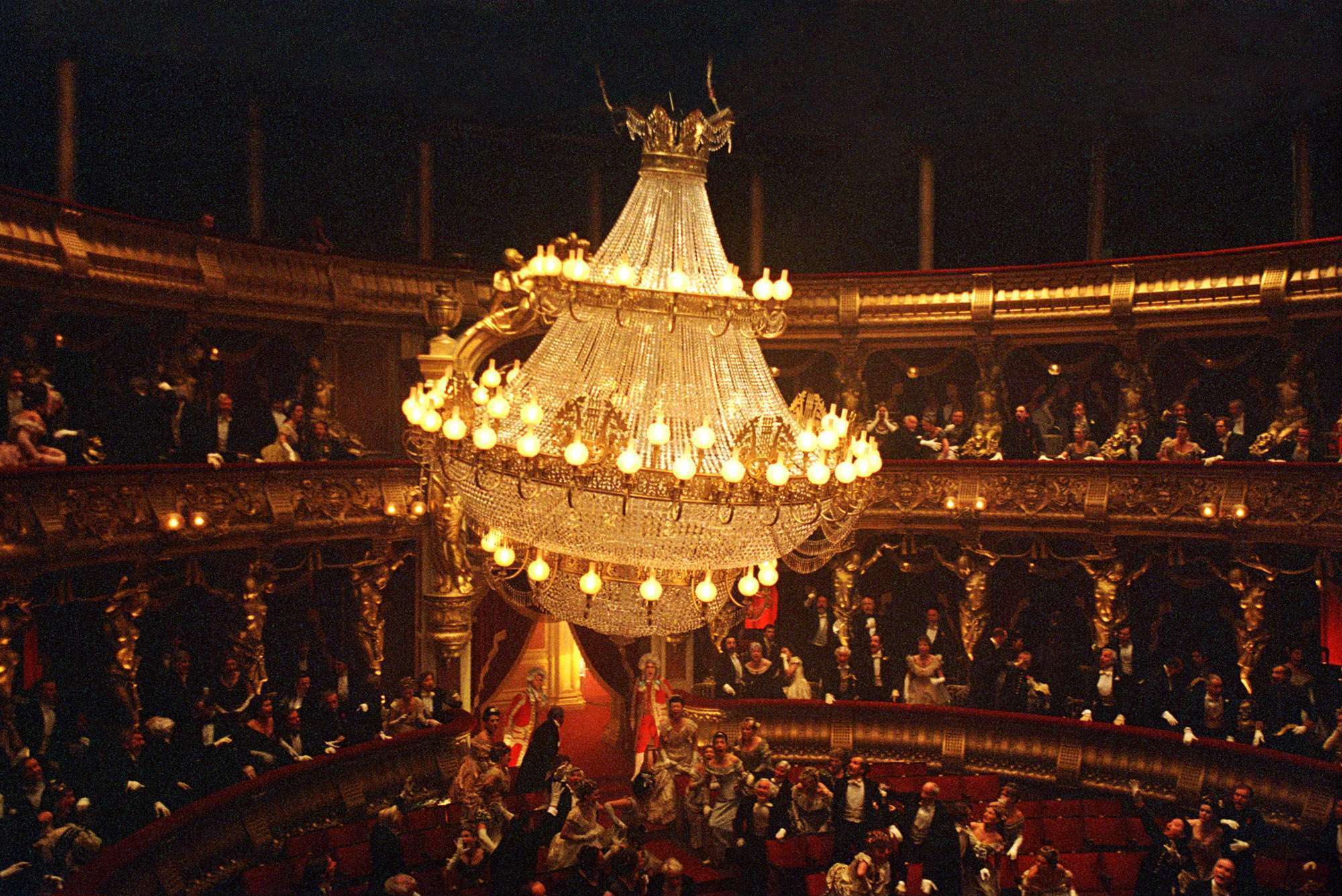«The Hackathon was an incredible experience. When I saw my name on the screen, I was emotional—it took me a few seconds to realize I had won. I wasn’t expecting to be selected; the other artists made amazing videos, and I submitted “just” images. But the jury’s feedback made me proud: they recognized the ideas I explored and the thinking behind my project».
Francesco Tagliabue is the winner of the Hackathon held during LUMEN, one of Fuorisalone’s standout events dedicated to AI and creativity. A multidisciplinary artist with a passion (and deep knowledge) of automotive mechanics, Francesco dreams of a future as a designer.

What’s your background—what do you do, and what would you like to do professionally?
«I’m from Milan and studied Multimedia Arts at Boccioni High School. I spent my fourth year in Vancouver, and the cultural shift broadened my horizons. After graduating, I enrolled in Physics at the University of Milan, but in 2020, with everything online, I found the remote format too overwhelming. I switched to a private academy to study applied mechanics for the automotive sector—motors are one of my great passions. In 2021, I was a race car mechanic for the Swiss team Emil Frey Racing in the GTWC (GT World Challenge Europe) championship. After that season, I returned to school and enrolled at IED in Industrial Design, where I’m finishing up—just two exams and a thesis left. For that, I’m working closely with an Italian company in the nautical sector. My professional path will partly depend on how that unfolds».
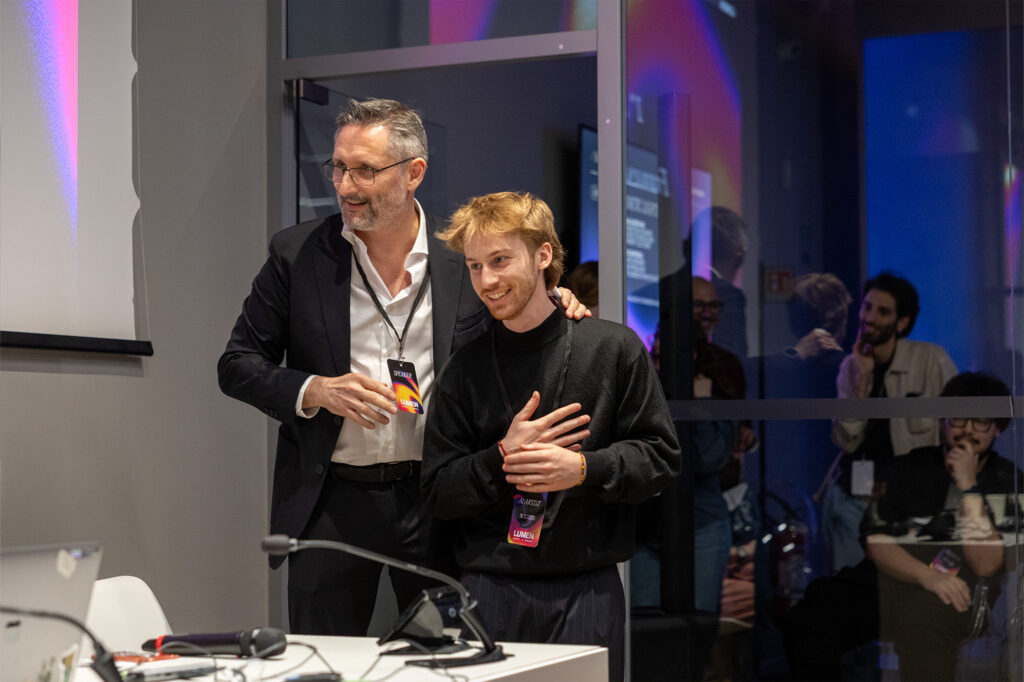
How did you get into art and generative AI?
«I’ve loved art for as long as I can remember. As a kid, I painted, took sculpture courses, and developed a strong passion for photography. Later, I started working with video and 3D graphics. I first used AI for practical purposes in university—organizing my notes and texts with ChatGPT. Around the same time, a friend introduced me to Midjourney, and I was immediately hooked. I even joined the second edition of the Futureberry Hackathon. Since then, I’ve dived deep into this software and many others. My current focus is on how these tools change social dynamics and interpersonal interactions».
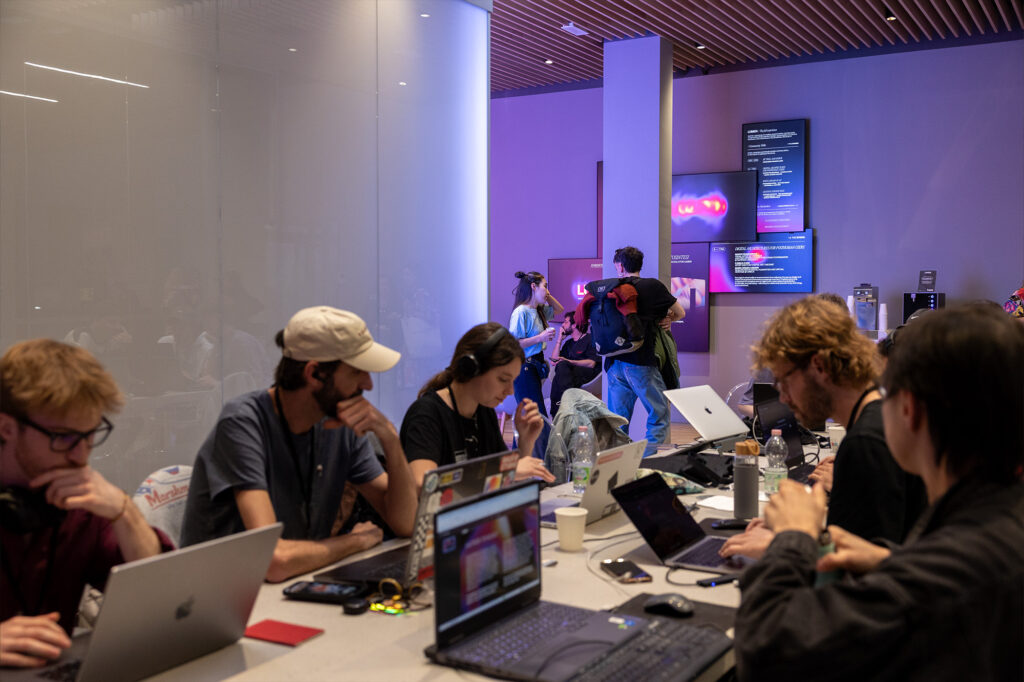
How did you find out about the Hackathon?
«As I mentioned, I took part in the second edition after a tip from someone at IED. Back then, I had only been using Midjourney for a month—I was just experimenting. I also joined the sound edition with a friend. The Hackathon is an incredible environment—three hours of intense creativity, with artists fully immersed in the process. It’s electric».
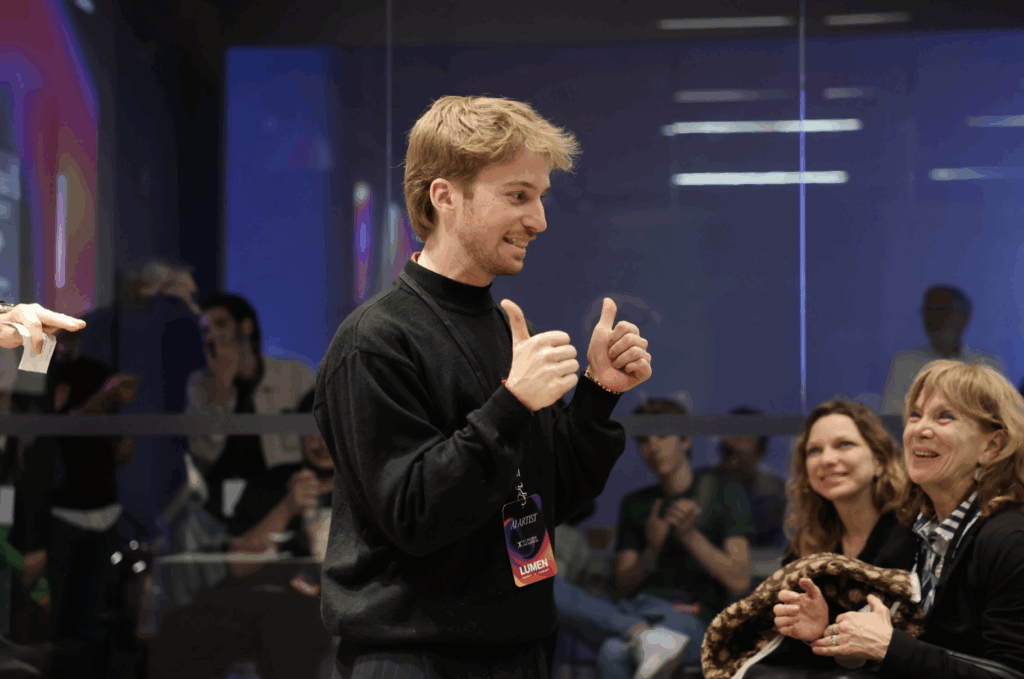
What’s the story behind “5”, the piece that won the Hackathon? What does it mean?
«It’s important to note that during the initial concept phase, I didn’t use AI. For about an hour, I wrote by hand what I wanted to express. Rereading my notes, I identified the key ideas: the relationship between present and future, a nighttime celebration filled with light. I then used ChatGPT to help organize those ideas, and only in the final 40 minutes did I generate the visuals. I started from the idea of time—light as an indicator of its passage, and framed the celebration as a perceptual ritual. I also explored the post-human theme, which fascinates me: I envisioned a hybrid between human and machine. The title 5 came from a USB stick I was using—number five—but also ties back to our five senses».

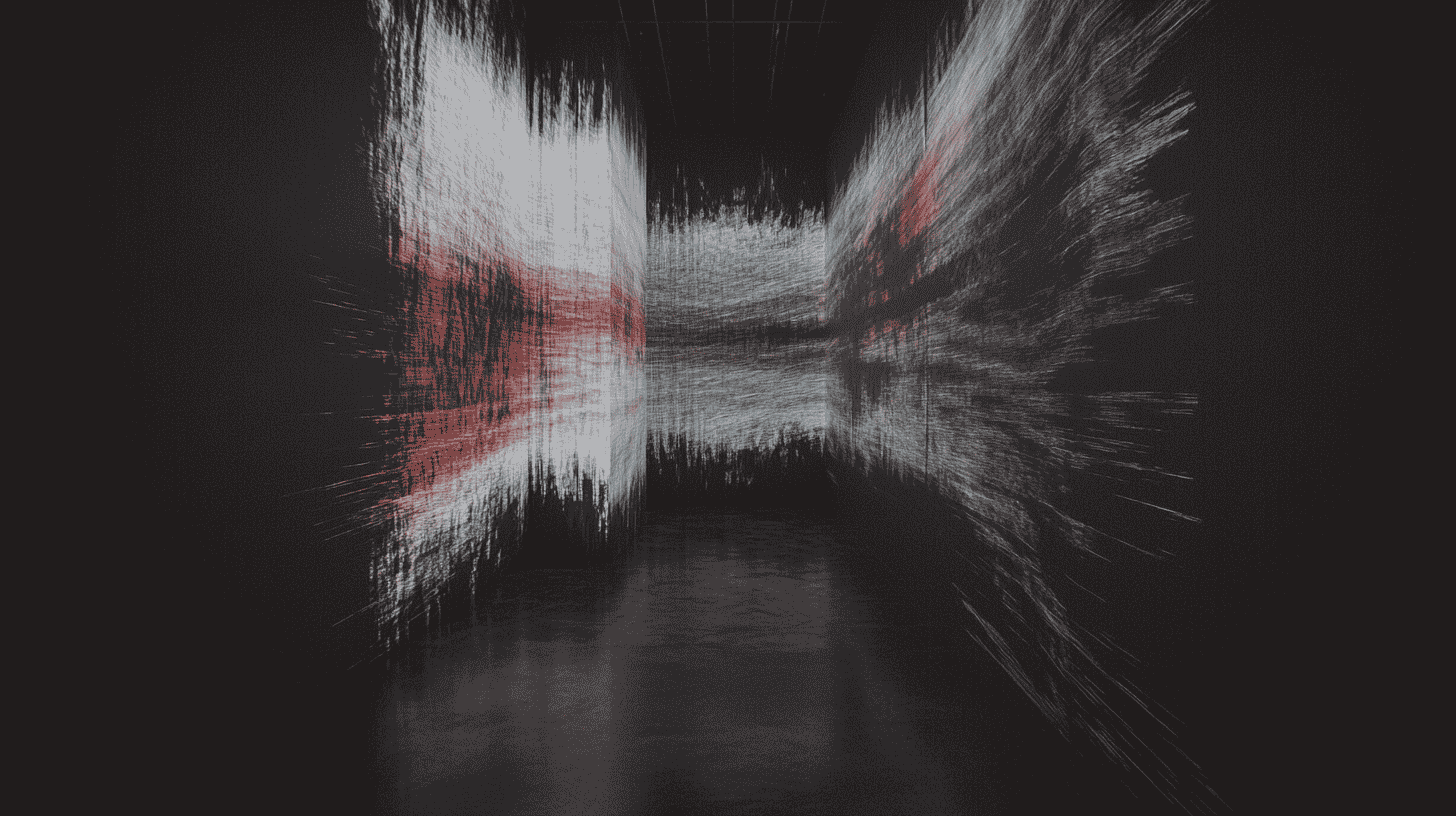
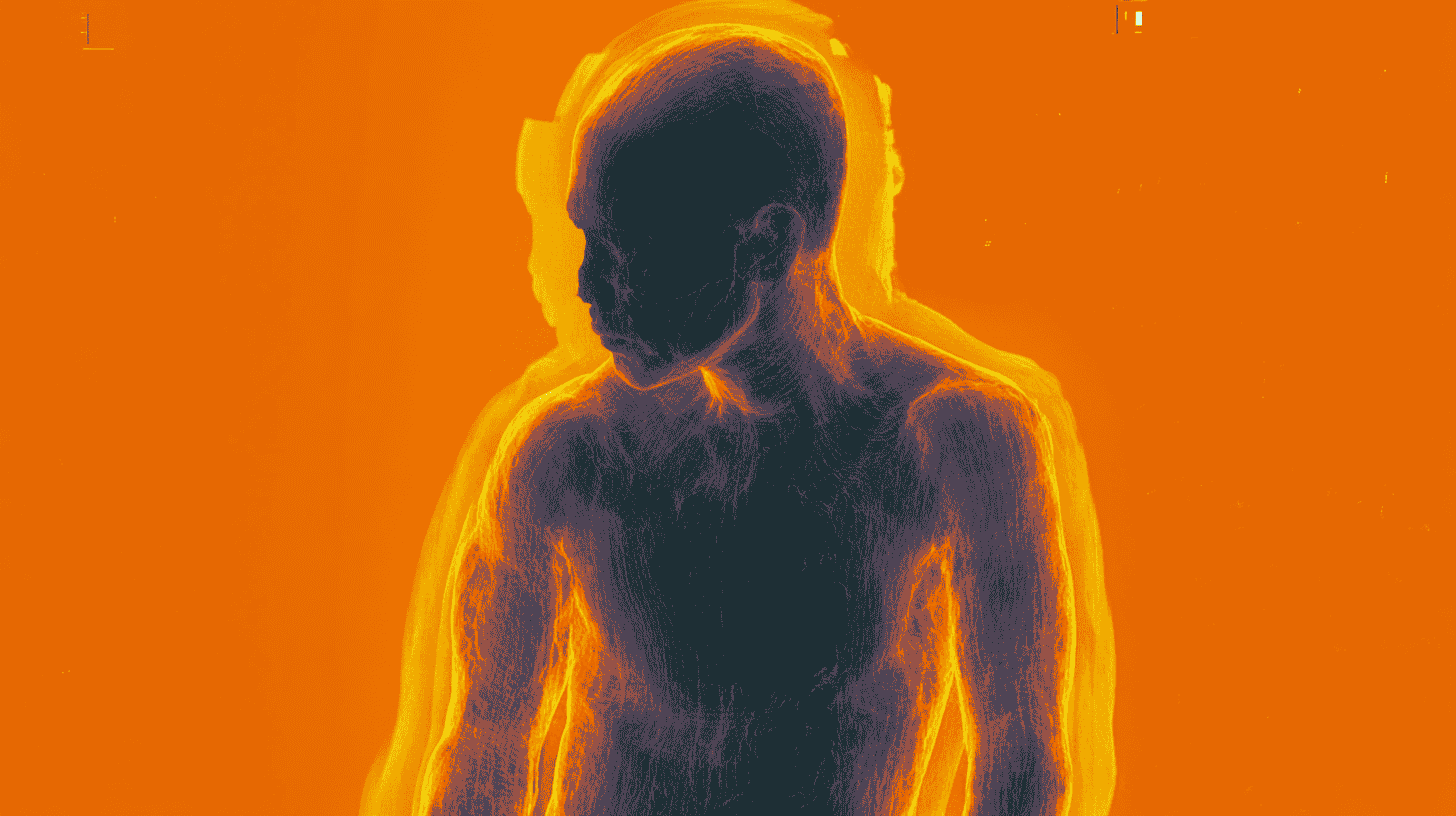

What will you do with the prize money?
«I’m not sure yet—maybe a new camera, or a high-performance computer!».


